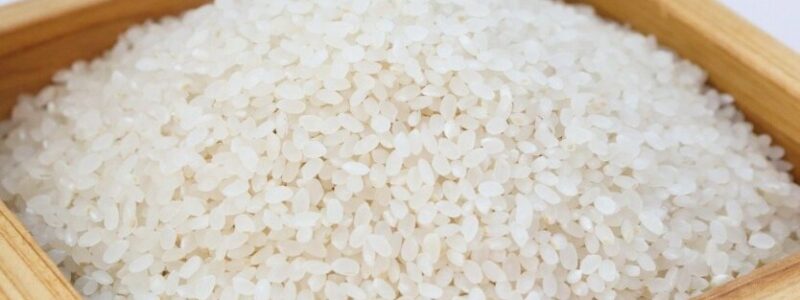
The U.S. Department of Agriculture in its September review lowered its estimate of India’s rice exports next year to 17.5 million tons from 19 million tons in the August forecast. This year, exports are expected to reach 20 million tons.
World rice prices have soared to 15-year highs amid export restrictions imposed by India, the world’s largest rice exporter, the USDA said. In July, the country imposed a ban on the export of most rice varieties, followed by an export duty on steamed rice and a minimum export price for basmati. Importers switched to other major suppliers, such as Thailand and Vietnam, and as a result, their export prices rose to the highest levels since 2008.
At the same time, even before India’s restrictions, rice prices were rising amid strong demand from importers and declining production in a number of countries.
In 2008, India, at that time the second largest exporter of rice, also imposed export restrictions, which led to a sharp rise in prices. After the restrictions were lifted in 2011, the country increased supplies to the global market and became the largest exporter the following year, and has maintained this position since then. In 2022, India exported slightly more than the next four suppliers combined, accounting for about 40% of global supplies. Since 2020, the country has been supplying white rice at the lowest prices, especially to sub-Saharan Africa. The sharp rise in prices is expected to have a significant impact on these import-dependent countries.
Despite the significant increase in export prices, they have not reached the record levels of 2008, as export restrictions are less severe this time. In addition, Vietnam, which stopped exports in 2008, is now resuming shipments.
According to the USDA forecast, global rice exports this year will amount to 53.11 million tons (56.12 million tons last year). Next year, supplies may decline to 52.1 million tons (the forecast was lowered from 53 million tons, according to the August estimate).